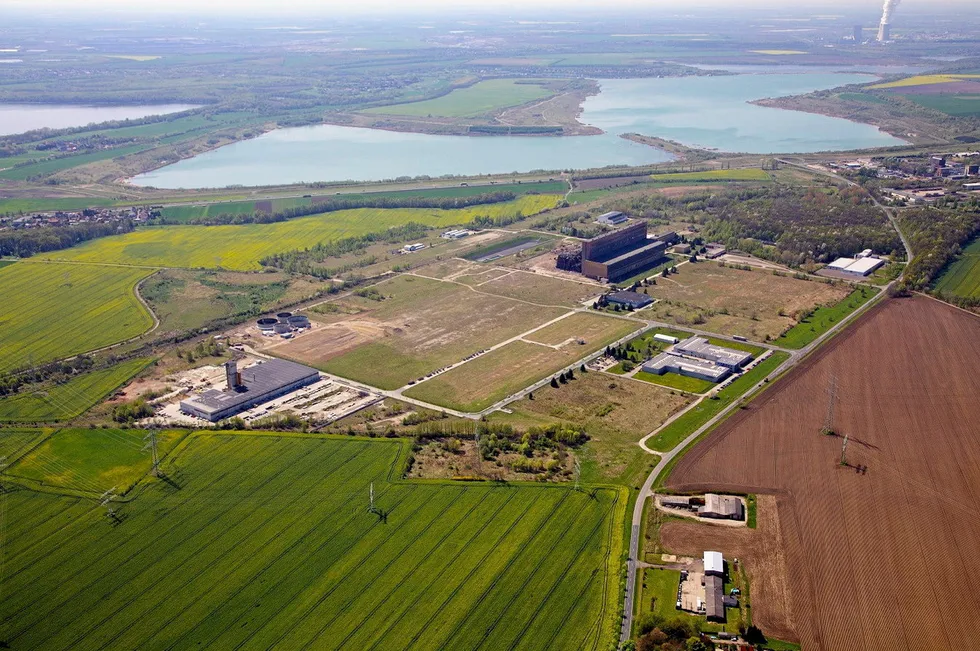'4GW by 2030' | German developer unveils second gigawatt-scale green hydrogen project
Billion-euro Saxony scheme aims to use battery storage together with electrolysers to ensure project can access solar power from the grid

Billion-euro Saxony scheme aims to use battery storage together with electrolysers to ensure project can access solar power from the grid
